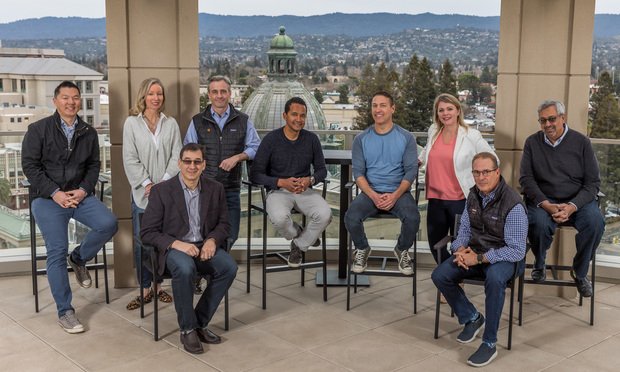In the 1970s and 1980s, the explosive growth of technology inthe US touched off a construction frenzy of special-purpose,high-tech buildings in campuses designed for single users. Dubbedflex manufacturing space, these buildings provided large floorplates to accommodate research and design, manufacturing andassembly, storage and distribution. Flex campuses came with fullyintegrated and interconnected utility systems, with office spacetypically arranged in what came to be known as cube farms.
These campus headquarters were built at a time when it wasdesirable and economically feasible for all of these functions tobe under one roof, or one location, to facilitate internalcommunication, maintain control and security of specializedprocesses and promote internal efficiency.
By the early 2000s, however, demand for these sprawling hightechcampuses declined. It became more cost effective to movemanufacturing and assembly functions overseas and to reducetransportation costs by locating near emerging global markets. Ashigh-tech companies downsized their operations in the US, theircampuses were left with significant excess space.
Continue Reading for Free
Register and gain access to:
- Breaking commercial real estate news and analysis, on-site and via our newsletters and custom alerts
- Educational webcasts, white papers, and ebooks from industry thought leaders
- Critical coverage of the property casualty insurance and financial advisory markets on our other ALM sites, PropertyCasualty360 and ThinkAdvisor
*May exclude premium content
Already have an account?
Sign In Now
© 2024 ALM Global, LLC, All Rights Reserved. Request academic re-use from www.copyright.com. All other uses, submit a request to [email protected]. For more information visit Asset & Logo Licensing.








